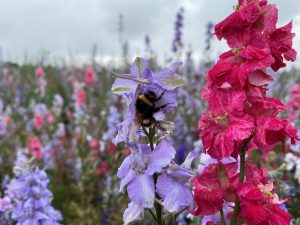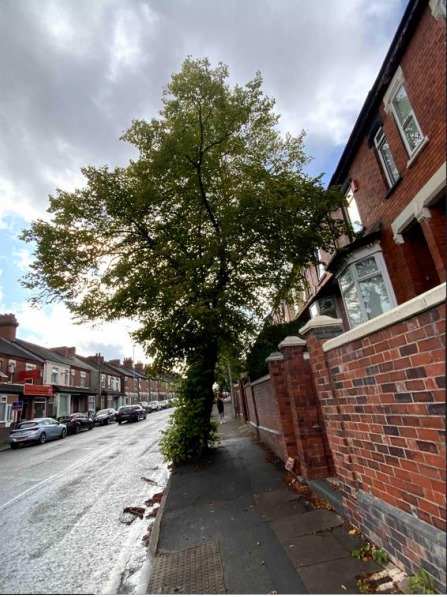Ecology Survey
What is an Ecology Survey?
An ecology survey is a study of the plants and animals in a specific area. This includes their interactions with each other and their habitat. An ecology survey is carried out by qualified professionals, such as ourselves, to create an inventory of the living organisms and ecological features in a particular area. The purpose of an ecology survey is to understand the dynamics of the ecosystem and to identify any potential impacts, risks or constraints of a development on the landscape and species living within it. This is to assist developers and the local planning authority in establishing what the next steps are to mitigate the impact on the environment.
What type of Ecology Survey do I need?
There are a range of surveys available, each is suited to a different scenario. They assess the impact that a development project may have on the surrounding environment and go into varying depths of detail depending upon the type of survey that you have.
Ecology surveys and assessments that ProHort Ltd can provide include but are not exclusive to the following:
- Preliminary Ecological Assessment (previously called the Phase 1 Habitat).
- Phase 1 Ecology Survey.
- Phase 1 Extended Survey including Protected Species – Bats, Birds and Mammals.
- NVC Vegetation Surveys (National Vegetation Classification)
- UK Habitat Classification.
- Habitat Regulation Assessments.
- Ecology Mitigation Plans.
- Biodiversity Net Gain Assessments including DEFRA.

How do I book my Ecology Survey?
Firstly, contact ProHort, we can provide you with a written quote for the survey or assessment you require. Upon the confirmation that you would like to proceed, our specialist ecology consultant will visit the site, as required, to carry out the survey or assessment.
Once the survey has been completed, the consultant will put together your documentation. This will clearly show the results from the survey. This documentation will be sent in the form of a PDF or a physical copy of the report, if required.





